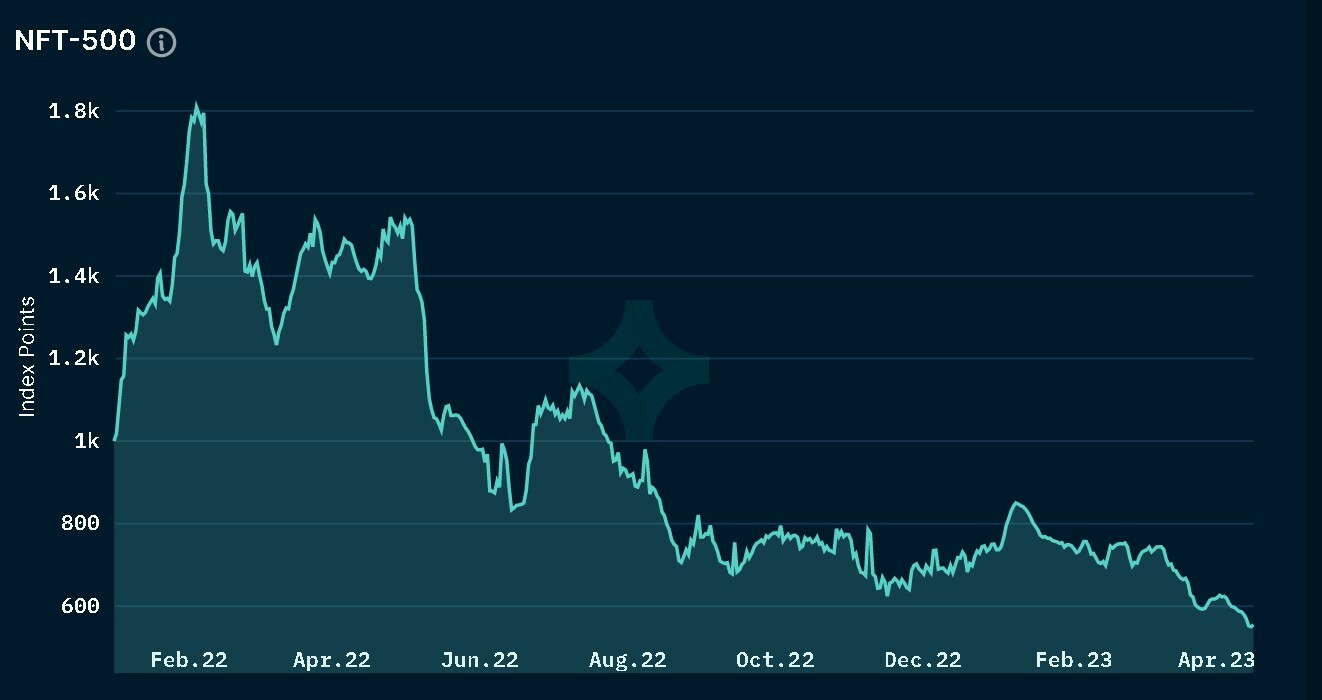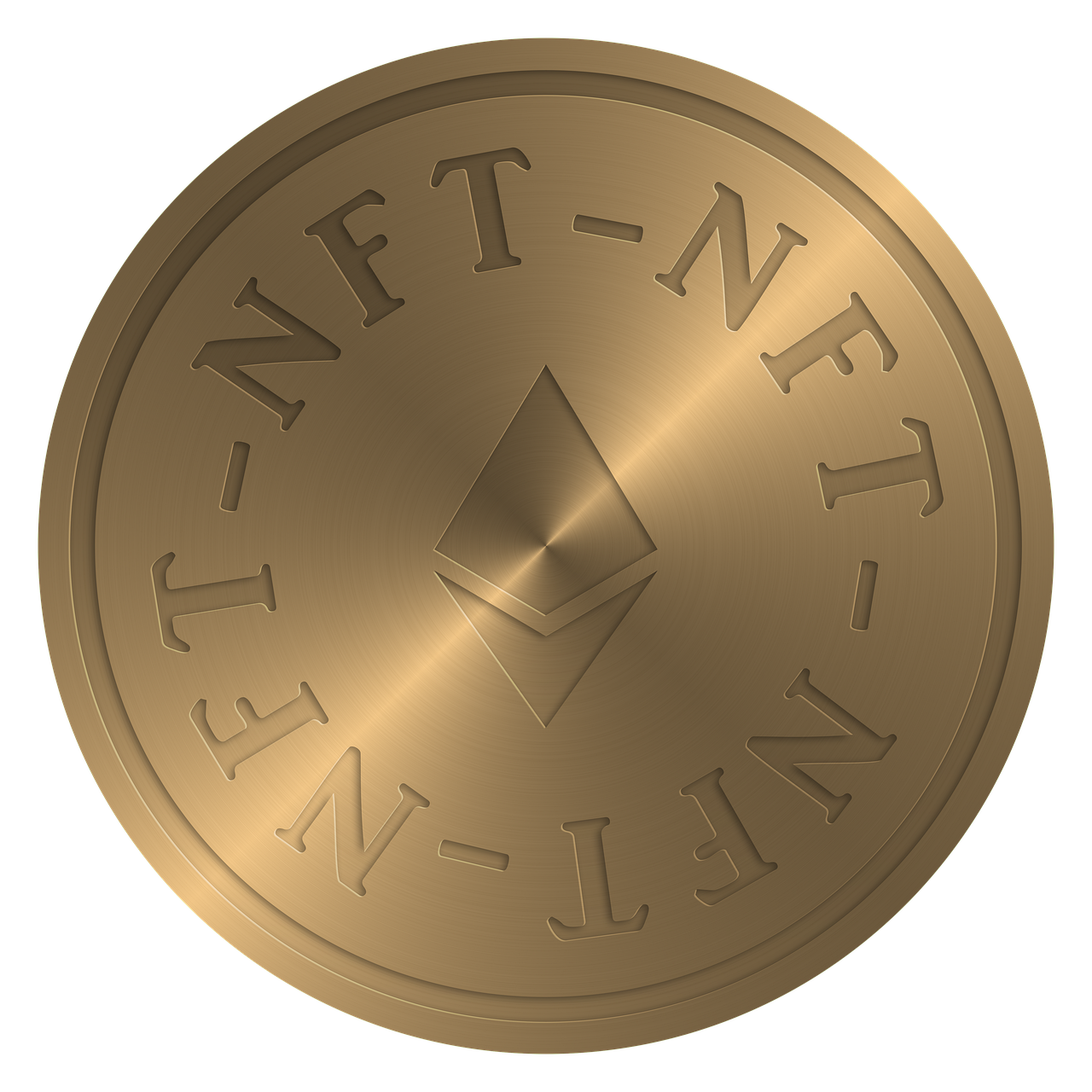The last two years have witnessed enormous growth in the popularity and volumes of NFT sales. The top NFT collections are routinely turning over many millions in monthly sales. Some crypto investors who are not shy of high-risk/high-reward trading environments even posit that the NFT market holds much higher profit potential than the cryptocurrency market. In this article, we will look at the world of NFTs and provide answers to the question of keen interest to many in the crypto world – should you invest some of your funds into these digital collectibles?
The Explosive Growth of NFTs
NFTs have emerged as a new and potentially highly rewarding investment option for risk-seeking crypto traders. NFTs are unique digital assets that are stored on a blockchain, and they represent a wide range of items, including art, music, videos, and even virtual real estate. The NFT market first gained widespread popularity in 2021, when a number of high-profile, multi-million dollar sales were recorded.
First, in March of that year, an NFT by American digital artist Mike Winkelmann, professionally known as Beeple, sold for a record-setting $69 million. Later in the year, the record was broken by another gigantic sale – $91 million paid for a digital masterpiece titled The Merge.
Ever since then, multi-million NFT sales have become the norm. More importantly, over the last two years, NFTs have become a legitimate form of investment for returns. Some investors are trying to leverage the niche’s popularity and hype to generate returns they hope are far higher than they could earn by trading cryptocurrencies or other financial assets.
Undoubtedly, many popular NFTs and collections have delivered and continue to deliver some earth-shattering returns to their investors. Is this enough of a reason to put some of your funds destined for higher-risk investments towards NFTs? To answer this question, let’s first look at the NFTs advantages and risks as an investment asset class.
Advantages of NFTs
As noted above, a key advantage of investing in NFTs is the potential for high returns. Many popular NFTs have been re-sold for thousands of percent in ROI. There is a belief among some investors that the more popular a collection is, the better the resale values of its NFTs are.
Another advantage of NFTs is the ability to diversify your crypto portfolio. Cryptocurrencies such as Bitcoin, Ethereum, Solana, or Litecoin are highly correlated with each other, which means that if one cryptocurrency performs poorly, others are likely to follow. NFTs, on the other hand, are unique crypto assets that are not directly tied to the performance of other cryptocurrencies. Last year, crypto analytics company Nansen estimated that its key NFT indices, which we will touch upon later in the article, were negatively correlated with both Bitcoin and Ethereum.
Negative correlations with Bitcoin in the world of crypto assets are not very common. Thus, at least judging by this finding, NFTs might represent good diversification potential for Bitcoin.
The list of NFTs’ advantages from the investment perspective pretty much ends here. Let’s consider the drawbacks and risks of investing in this emerging asset class.
Risks of Investing in NFTs
One of the main risks of investing in NFTs is the potential for insane market volatility. Like any investment, the value of NFTs can fluctuate rapidly, but the volatility of the NFT market is on a level of its own.
Another risk of investing in NFTs is the potential for fraud and scams. Because NFTs are digital assets that exist only on a blockchain, it can be difficult to verify the authenticity of an NFT. The market currently has few regulations or standards. It is truly the Wild West of the crypto world.
Furthermore, investing in NFTs is the digital equivalent of investing in arts & collectibles. Arts & collectibles traders know how inefficient and perception-driven their niche is. The same applies to the NFT market. Each NFT is a unique item that will be sold only if you find a buyer willing to pay you more than what you bought it for. This market inefficiency is another drawback of NFTs for an ROI-oriented investor.
A further drawback of NFTs is the difficulty of estimating their value based on past performance. Many popular collections contain thousands of individual items. Individual NFTs within these collections differ based on the rarity of their features. A certain type or edition of NFTs within a collection might be responsible for the majority of the collection’s popularity and resale potential. If you estimate the resale value based on the overall collection figures but then proceed to buy an NFT that doesn’t belong to that popular type, you might end up on the losing side.
Finally, the NFT market, being a massive network of unique, individual items, is hard to track in terms of performance. It’s easy to track how Bitcoin or Dogecoin have performed by analysing their price charts. You cannot easily do the same for the NFT market. However, recently, some companies have put in efforts to develop trackable indices to help you analyse this peculiar market and its performance.
NFT Market Indices & Recent Market Performance
Nansen, the crypto analytics outfit we mentioned above, introduced a number of NFT market indices last year. The indices are designed to help crypto analysts and investors estimate the NFT market’s performance. There are even NFT funds that are based on tracking some of these indices, although the niche of NFT index funds is still very young and sparse.
The biggest of these indices is the Nansen NFT-500 index, which tracks NFTs issued on the Ethereum blockchain. It focuses on 500 NFT collections weighted by market cap. There are also Nansen NFT indices focusing on specific niches – Social, Gaming, Arts, and the Metaverse.
An investor or analyst curious about the details of these indices can peruse them on Nansen’s website. To save you some time, we have to note that over the last year, all of Nansen’s indices, including the critical NFT-500 index, have posted strongly negative growth rates. Specifically, the NFT-500 index is down 61% from a year ago.
Performance of the Nansen NFT-500 Index

Image source: Nansen.ai
The index’s abysmal performance shows that when the dust created by big item sales and the stratospheric growth rates of the top collections settles, the NFT market overall is no longer a ticket to the riches some claim it to be.
While allocating some portion of your portfolio to high-risk/high-growth areas is a legitimate strategy, the NFT market, despite all the bling and glitz, is far from the optimal investment option. The market is still very poorly regulated, extremely complex, barely trackable on an overall level, and on the decline. The very few indicators that exist for the assessment of the NFT market’s performance, such as the Nansen NFT-500 index, show that its glory days are over and the market exhibits a defined downtrend pattern. As such, NFTs might not be the most promising asset class even for investors who love risk.

